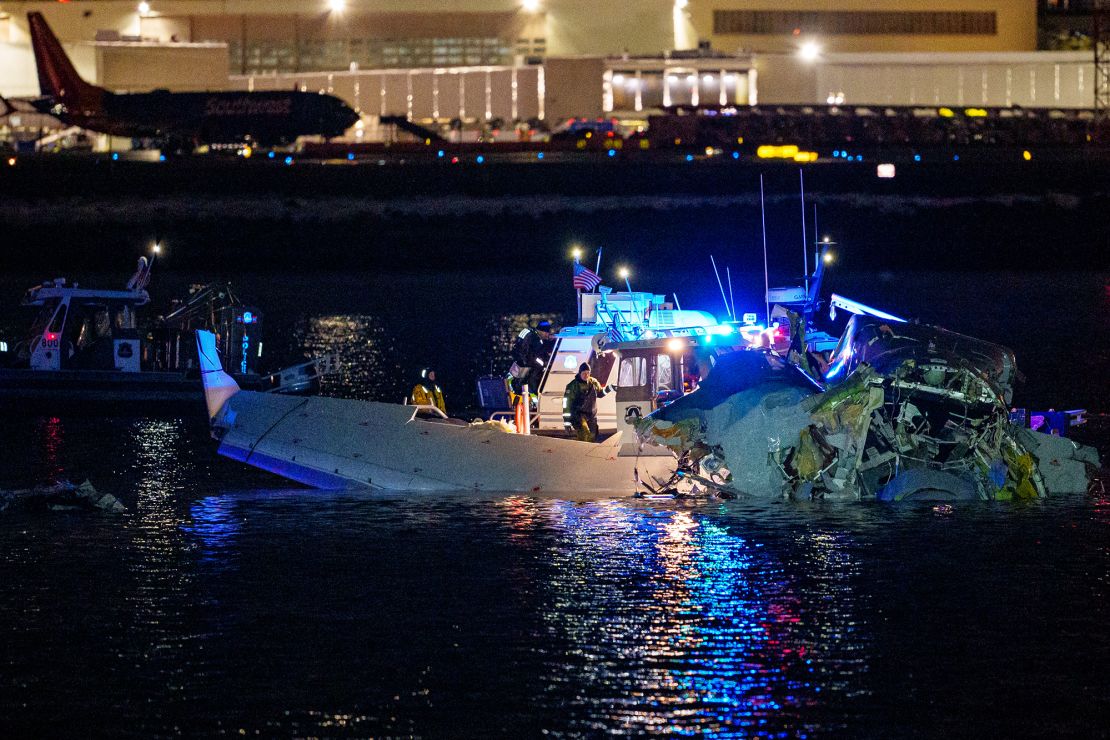On September 26, 2022, a NASA rocket hit an asteroid in space. While this may seem like a mistake or an accident, the purpose of the rocket’s mission was to hit the asteroid and knock it off course before it could hit the Earth. NASA launched the rocket, known as DART (Double Asteroid Redirection Test) intending it to collide with Dimorphos, an asteroid with a diameter of 170 meters which orbits an even larger asteroid called Didymos. Happily, DART came into contact with Dimorphos, altering its orbit and making NASA’s mission successful.
NASA will learn the larger significance of the contact in 2026 when Hera, part of the European Space Agency (ESA), reaches the scene. HERA will be able to see the aftermath of the collision. Once Hera arrives, the information it collects will help NASA understand the lasting effects of DART on asteroids and will allow it to gain a better understanding of Dimorphos’ composition. These internationally collaborative missions collect information which will help prevent collisions between asteroids and Earth in the future.
The LICIACube (Light Italian Cubesat for Imaging of Asteroids) will help NASA gather immediate answers, rather than gathering data in four years; this will give NASA a better sense of the immediate effects of the collision. LICIACube is part of the ISA (Italian Space Agency), and is working with NASA and DART on this mission. It is a craft that followed behind DART to photograph the collision and the aftermath. The images LICIACube took allow NASA to see the crash, understand what the asteroid looks like, and what happened to it during the collision. These are the first of many tests that NASA wishes to perform to see if it would be able to prevent asteroids from colliding with our planet. Yes, you can look up now.











